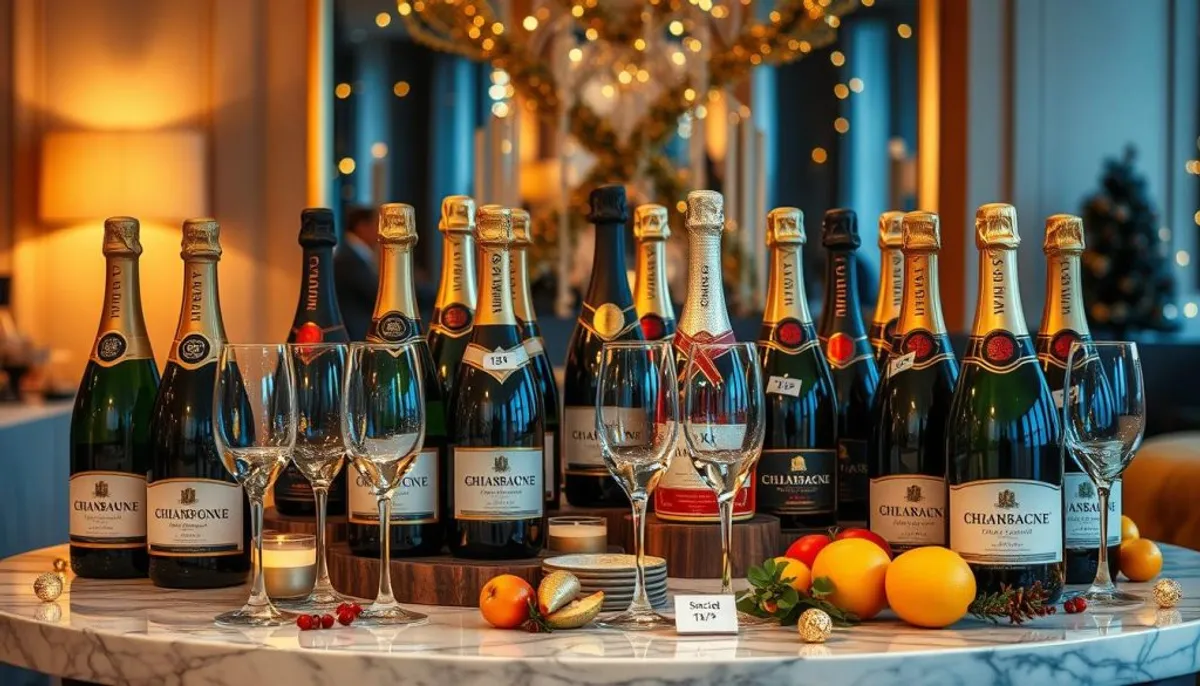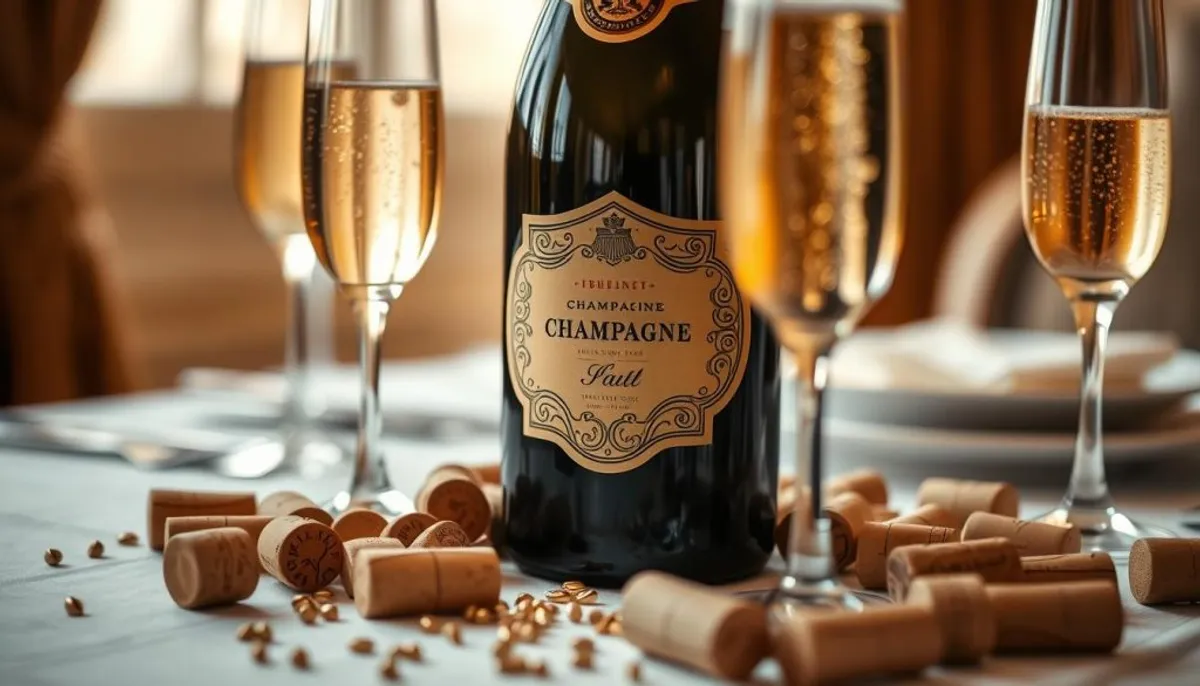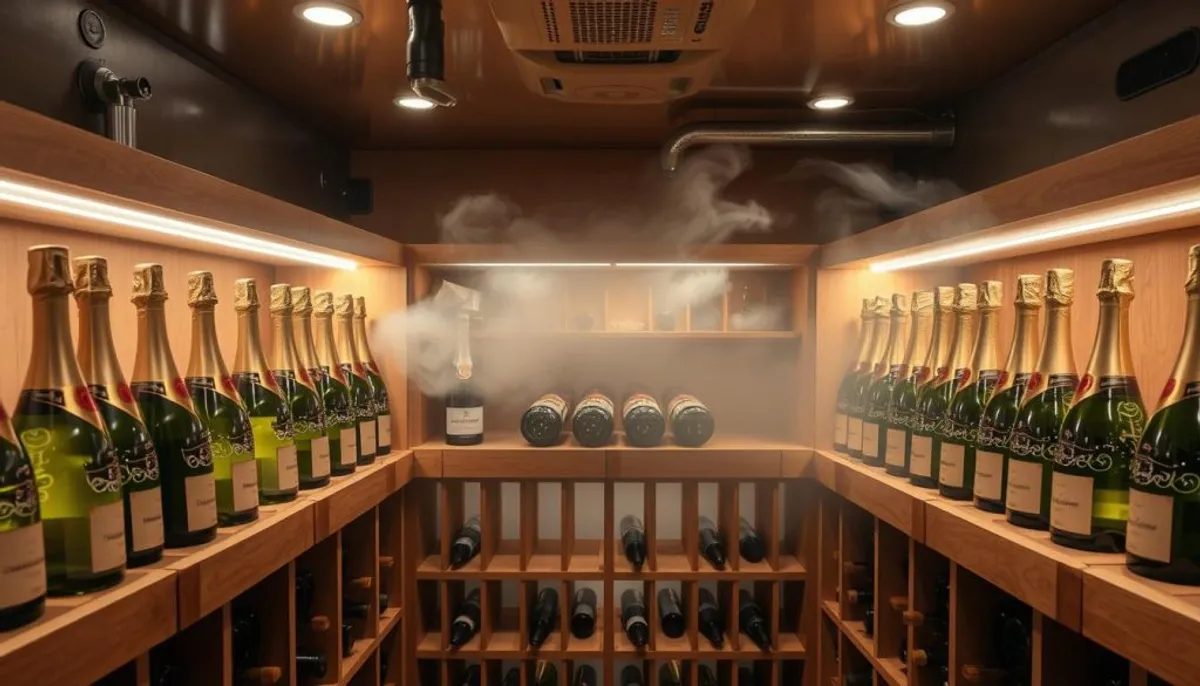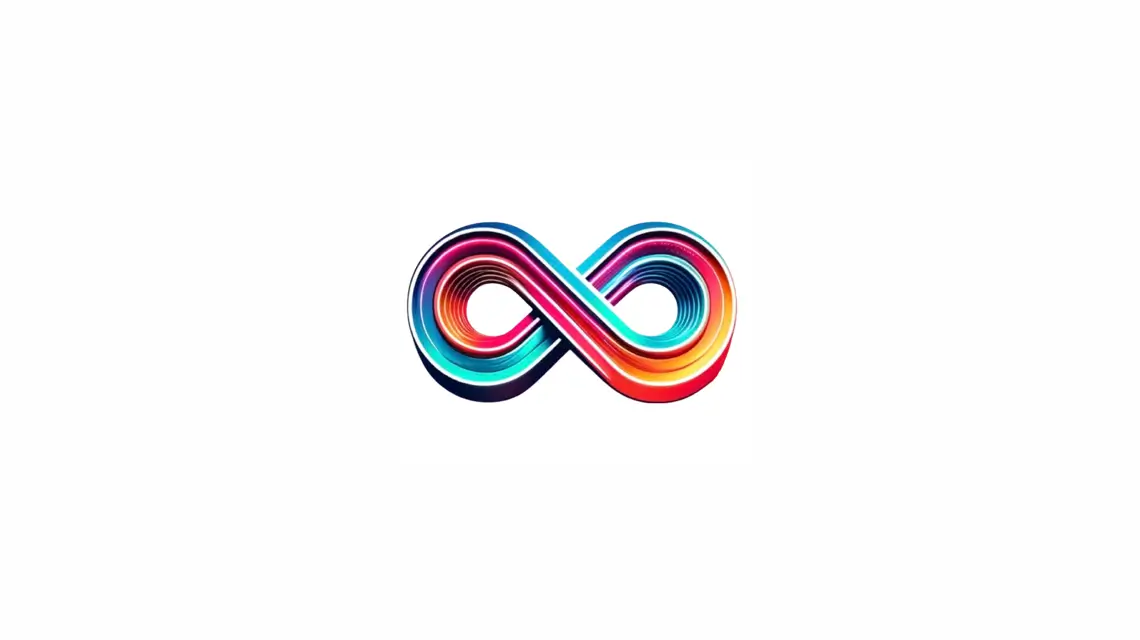Seeking premium wine and luxury spirits? Your search ends here. Champagne deals abound, offering unparalleled value. Discover how to secure the finest prices on elite bubbly. Whether for a milestone event or personal indulgence, savvy shopping yields substantial savings.
Champagne aficionados, take heed! The realm of premium wine is yours to explore. Acquire top-notch luxury spirits with strategic insight. Opt for the pinnacle of quality without compromising on cost.

Embark on the champagne journey with us. We’ll navigate through comparisons and unveil the ideal bottle. From affordable to opulent, our selection caters to every palate and budget. Let’s raise a glass to the art of smart shopping!
Key Takeaways
- Compare prices to find the best champagne deals
- Explore a range of premium wines to suit your budget
- Look for seasonal discounts on luxury spirits
- Consider online platforms for wider selection and better prices
- Don’t forget to check shipping costs when buying champagne
- Research different champagne styles to find your favorite
- Ask for personalized quotes to get the best value
Understanding Premium Champagne Selection
Champagne, the pinnacle of sparkling wines, presents a spectrum of varieties and quality. From the renowned houses to the niche producers, each champagne variety exhibits distinct traits. These are shaped by the wine regions and the methods of production.
Exploring Different Champagne Varieties
Champagne styles vary, each with its own unique flavor profile. Brut, the most prevalent, is characterized by its dryness and crispness. Rosé champagne, with its pink hue and fruity undertones, offers a delightful contrast. Blanc de Blancs, crafted from Chardonnay grapes alone, embodies elegance and finesse.
Factors Affecting Quality and Price
Several factors influence champagne’s quality and price. The grape blend, aging process, and production techniques are paramount. Prestigious houses like Dom Pérignon and Krug command high prices due to their esteemed reputation and limited production. For instance, the 1990 Cristal luxury cuvée saw only 2,000 bottles produced.
Regional Influences on Champagne Production
The Champagne region in France is the cradle of this celebrated sparkling wine. Its terroir, a blend of chalky soils and a cool climate, imbues champagne with its distinctive taste. In 2016, this region produced 268 million bottles, valued at €4.7 billion.
| Champagne | Price | Notable Feature |
|---|---|---|
| Goût de Diamants 2013 | €1.838 million | Most expensive champagne globally |
| Dom Pérignon 1996 P2 Rosé | €1,670 | Highly sought-after vintage |
| Krug Clos D’Ambonnay | €2,795 | Rare and prestigious cuvée |
Climate change is impacting champagne production, with rising temperatures affecting harvest times and grape quality. This environmental shift presents new challenges for winemakers in maintaining the excellence of their champagne varieties.
The Ultimate Guide to Sampen Price Ranges
Champagne pricing spans a broad spectrum, accommodating various budgets and celebrations. The market offers everything from economical choices to opulent luxury brands, catering to a wide array of tastes and financial capacities.
For those just beginning their champagne journey, entry-level champagnes like Nicolas Feuillatte Brut Reserve are available at $47. Mid-range champagnes, such as Veuve Clicquot Brut Yellow Label at $70, strike a balance between quality and affordability.
At the high end, luxury brands like Dom Pérignon P2 Plénitude Brut Champagne command $550, exemplifying superior craftsmanship. The most expensive champagne, Goût de Diamants, Taste of Diamonds 2013, is priced at an astonishing €1.838 million.
Several factors influence champagne pricing, including production techniques, aging duration, and brand prestige. Limited editions, such as Salon’s 2008 release of 8,000 magnums, can significantly increase prices, reaching up to €7,500 per bottle.
| Price Range | Example | Price |
|---|---|---|
| Budget | Piper-Heidsieck Cuvee Brut | $41.50 |
| Mid-range | Bollinger Brut Special Cuvee | $71.20 |
| Luxury | Cristal Brut Champagne | $280.50 |
| Ultra-luxury | Dom Pérignon P2 Plénitude Brut | $550 |
Grasping these price ranges empowers consumers to make well-informed choices when selecting champagne. Whether seeking budget-friendly options or indulging in luxury brands, there’s a champagne suitable for every taste and occasion.
Expert Tips for Champagne Authentication
Investing in champagne necessitates a focus on authenticity. With 330 million bottles produced each year, the risk of counterfeit detection is significant. Here, we’ll discuss expert strategies to guarantee the champagne you enjoy is genuine.

Identifying Genuine Bottles
True champagne originates from the Champagne region in France, covering 84,000 acres across five main areas. The label must bear the official appellation, confirming its origin. Within this region, various french champagne varieties are produced, each offering unique characteristics. Genuine bottles feature a punt at the bottom and a cork held by a wire cage.
Understanding Label Information
Label reading is essential for verifying champagne authenticity. Ensure the label includes the producer’s name, type of champagne, and alcohol content. Legitimate bottles will also display a registration number from the Comité Interprofessionnel du Vin de Champagne (CIVC). Any misspellings or inconsistencies should raise suspicions.
Verification Methods and Certificates
For premium champagnes, demand certificates of authenticity from the seller. Some producers employ QR codes or holographic seals for verification. Compare the bottle’s details with the producer’s official website. Remember, champagne must be produced within 100 miles of the Champagne region to be authentic, making claims outside this area suspicious.
| Authenticity Feature | What to Look For |
|---|---|
| Origin | Champagne region, France |
| Label | CIVC registration number |
| Bottle | Punt and wire-caged cork |
| Verification | Certificates, QR codes, holograms |
Global Market Trends and Pricing Dynamics
The champagne market analysis uncovers intriguing trends and price shifts. The global champagne scene is transforming, influenced by various elements. These factors shape consumer behavior and market dynamics.
Recent studies indicate significant price changes in champagne. Luxury brands retain their high-end status, while more affordable options are gaining popularity. This shift mirrors changing consumer tastes and economic conditions.
Let’s explore the key drivers behind these changes:
- Consumer demand for diverse champagne styles
- Economic uncertainties affecting luxury spending
- Emergence of new champagne-producing regions
- Sustainability concerns impacting production methods
These factors contribute to the intricate pricing dynamics in the champagne industry, including the rise of various french champagne varieties. Producers adjust their strategies to align with market demands while preserving quality standards.
| Factor | Impact on Price | Market Trend |
|---|---|---|
| Consumer Preferences | Moderate Increase | Shift towards premium experiences |
| Economic Conditions | Fluctuating | Price sensitivity in certain segments |
| New Production Regions | Slight Decrease | Increased competition and variety |
| Sustainability Practices | Gradual Increase | Growing demand for eco-friendly options |
Grasping these trends is essential for both consumers and industry insiders. It facilitates informed choices in purchasing and investing in champagne. Additionally, attending a champagne aerialist show can provide a unique perspective on the luxury experience associated with this beverage. As the market evolves, staying abreast of these dynamics is vital for navigating the champagne industry.
Best Seasons for Champagne Purchases
Timing is crucial when seeking champagne. Savvy shoppers recognize that specific seasons offer unparalleled champagne deals and seasonal promotions. Let’s uncover the optimal times to acquire your preferred bubbly at unbeatable prices.
Peak Shopping Periods
The holiday season emerges as the zenith for champagne sales. Spanning from Thanksgiving to New Year’s Eve, retailers intensify their inventory and frequently present enticing discounts. This interval is paramount for holiday shopping, with numerous retailers offering comprehensive package deals and gift sets.
Seasonal Discounts and Offers
Spring and summer herald their own champagne promotions. Retailers endeavor to clear out existing stock to accommodate new releases. For instance, Laurent-Perrier La Cuvée NV frequently experiences discounts up to 28% during these seasons. The excitement of a champagne cork pop is often anticipated during these celebrations. Vigilance is advised for seasonal promotions on esteemed brands such as Veuve Clicquot and Moët & Chandon.
Holiday Season Buying Guide
During the holiday frenzy, a strategic approach to champagne procurement is advisable. Seek out bundle deals that combine champagne with glasses or gourmet accompaniments. Dom Perignon Vintage Brut 2013, priced at £220, frequently appears in luxury gift collections. For those on a tighter budget, consider Perrier-Jouët Grand Brut NV at £40 or Bollinger Special Cuvée Brut NV, also at £40. It’s worth noting that certain vintage champagnes benefit from aging, making early purchase a wise strategy for future celebrations.
| Champagne | Price | Best Buy Season |
|---|---|---|
| Laurent-Perrier La Cuvée NV | Varies (28% off) | Spring/Summer |
| Dom Perignon Vintage Brut 2013 | £220 | Holiday Season |
| Perrier-Jouët Grand Brut NV | £40 | Year-round |
International Shipping and Export Guidelines
Exporting champagne and navigating international shipping can be complex. Wine transportation necessitates meticulous planning to guarantee the champagne’s arrival in pristine condition. We will examine the essential elements of shipping champagne across borders.
Customs Requirements
Exporting champagne mandates adherence to diverse customs regulations. These include securing necessary licenses, completing declaration forms, and remitting applicable taxes. Each nation imposes its own set of rules, necessitating thorough research into the destination’s requirements.
Packaging Standards
Proper packaging is paramount for the safe transportation of wine. Employ robust boxes with dividers to prevent bottle-to-bottle contact. Wrap each bottle in bubble wrap or foam sleeves for enhanced protection. Ensure the box is sealed securely and labeled as fragile.
| Packaging Material | Purpose |
|---|---|
| Sturdy Box | Outer protection |
| Dividers | Separate bottles |
| Bubble Wrap | Cushioning |
| Foam Sleeves | Individual bottle protection |
Temperature Control During Transit
Champagne is highly sensitive to temperature variations. Optimal shipping conditions should maintain a consistent temperature between 50-59°F (10-15°C). Insulated containers or temperature-controlled shipping services are advisable for long-distance transport.

Adhering to these guidelines ensures your champagne’s safe arrival at its destination, ready for enjoyment. Always verify specific requirements and recommendations with your chosen shipping company.
Digital Platforms for Champagne Shopping
The advent of champagne e-commerce has transformed the way we acquire bubbly. Online wine stores present a vast array of champagnes, ranging from casual sippers to rare gems, including selections from women winemakers. These digital marketplaces facilitate effortless price comparisons and access to reviews from fellow champagne enthusiasts.
Specialized online platforms focus on champagne sales, offering in-depth details on each bottle, including champagne brand identification. You can discover the production techniques, the types of grapes used, and the tasting notes. This information empowers you to make well-informed choices when selecting your next champagne.
| Platform | Selection | Price Range | Unique Feature |
|---|---|---|---|
| Winc | 100+ champagnes | $30 – $500 | Personalized recommendations |
| Wine.com | 500+ champagnes | $20 – $5000+ | Extensive tasting notes |
| K&L Wine Merchants | 300+ champagnes | $25 – $3000 | Direct import pricing |
| Vivino | 1000+ champagnes | $15 – $2000+ | User ratings and reviews |
When exploring these digital platforms, it’s crucial to examine their shipping policies. Some online wine stores offer free shipping on bulk orders, while others might impose restrictions on interstate deliveries. Always confirm the seller’s authenticity to guarantee genuine champagne from France’s Champagne region.
Storage Tips to Preserve Value
Proper champagne storage is essential for maintaining its quality and value. The conditions within a wine cellar significantly impact the preservation of your cherished bottles. Let’s explore key storage tips to ensure your champagne remains in optimal condition.
Optimal Temperature Settings
The ideal temperature for champagne storage is between 50°F and 55°F (10°C to 13°C). Consistency is paramount. Temperature fluctuations can damage the champagne, impacting its taste and value. A dedicated wine refrigerator or cellar is crucial for maintaining consistent temperatures.
Humidity Control Methods
A humidity level between 60% and 70% is ideal. This prevents corks from drying out and keeps labels in good condition. Utilize a hygrometer to monitor humidity levels. If necessary, place a small bowl of water in your storage area to enhance moisture.
Position and Light Exposure
Store champagne bottles horizontally to keep corks moist and prevent oxidation. Protect your collection from direct light, including UV rays. While dark or tinted glass can help, a dimly lit or dark storage space is best for preserving value.
By adhering to these guidelines, you’ll create ideal wine cellar conditions. This ensures your champagne retains its quality and value over time. Remember, proper storage is an investment in your collection’s future enjoyment and worth.
Conclusion
Mastering champagne buying tips is crucial for smart shopping and securing value. This guide provides you with the necessary knowledge to confidently navigate the world of bubbly, including champagne brand identification. You now understand how to discern premium selections and authentic bottles, empowering you to make informed choices.
Champagne shopping transcends mere price considerations. It involves finding a harmonious blend of quality, region, and personal taste. Seasonal discounts and holiday offers can significantly reduce costs. Yet, it’s vital to prioritize proper storage to maintain the value of your investment.
With insights into global market trends and pricing dynamics, you can now shop more astutely. Whether you’re an experienced connoisseur or a curious newcomer, these tips will elevate your shopping experience. They ensure you maximize your investment, savoring the finest champagnes available.
RelatedRelated articles



